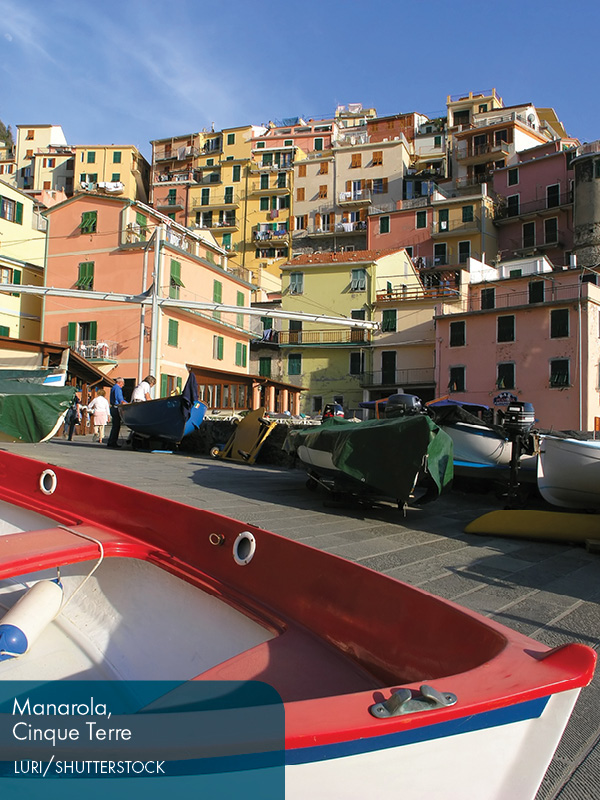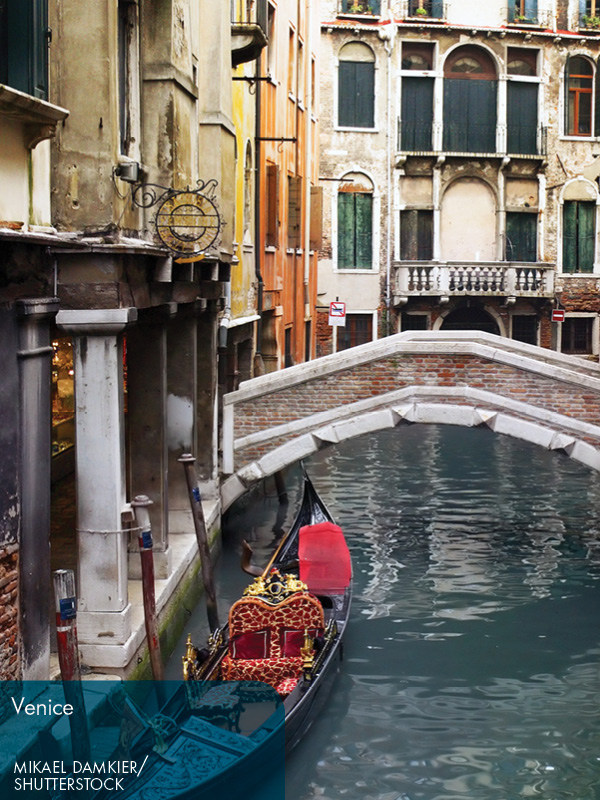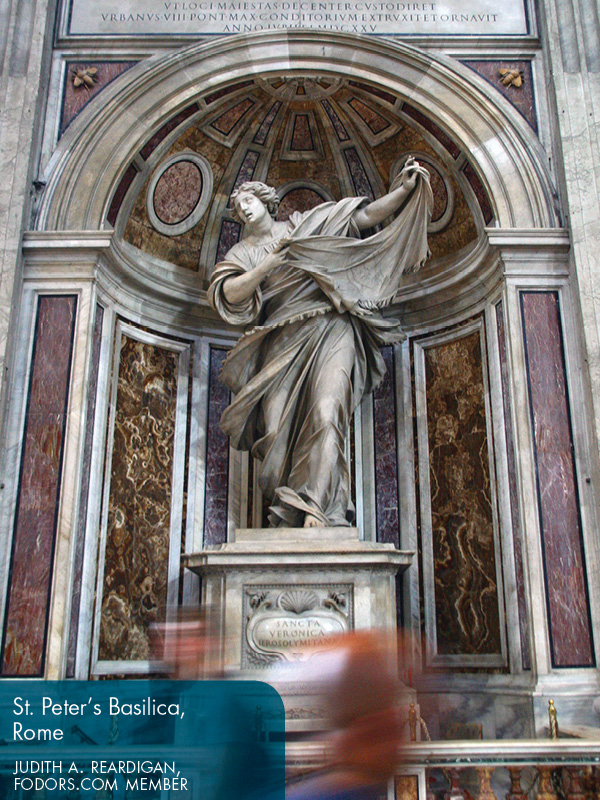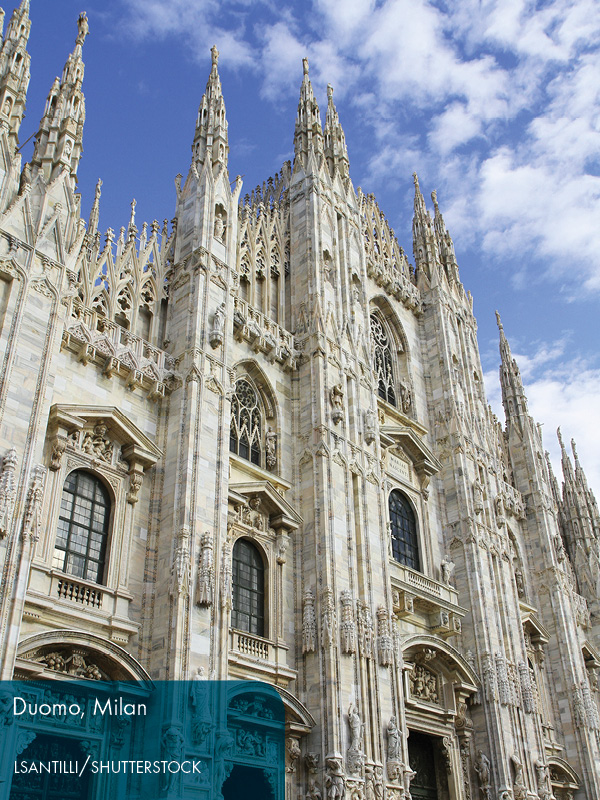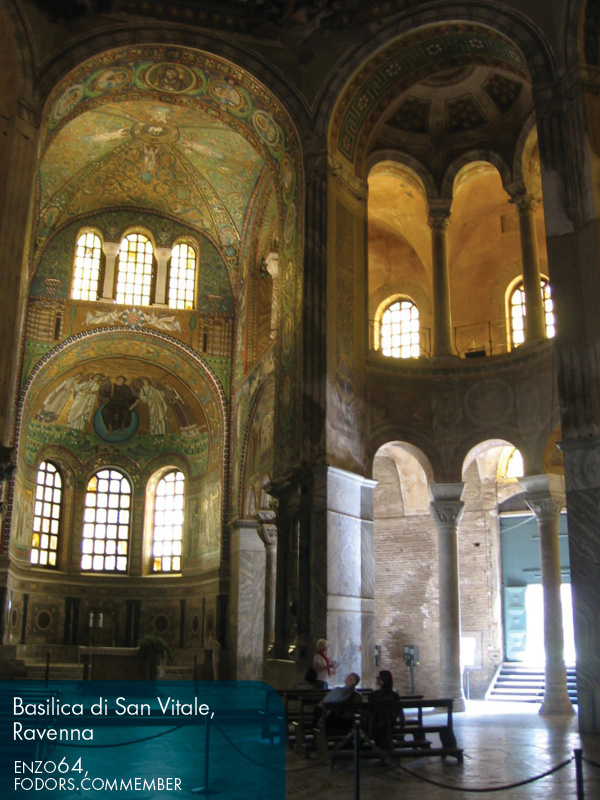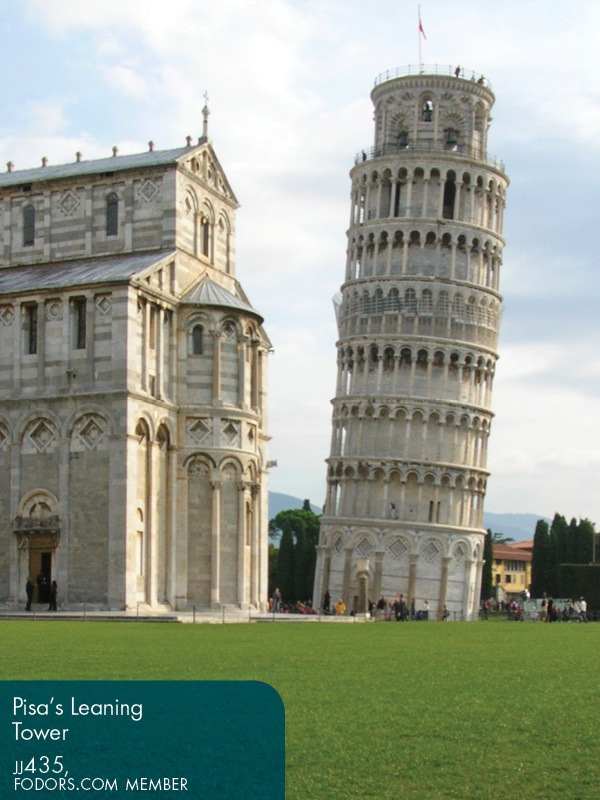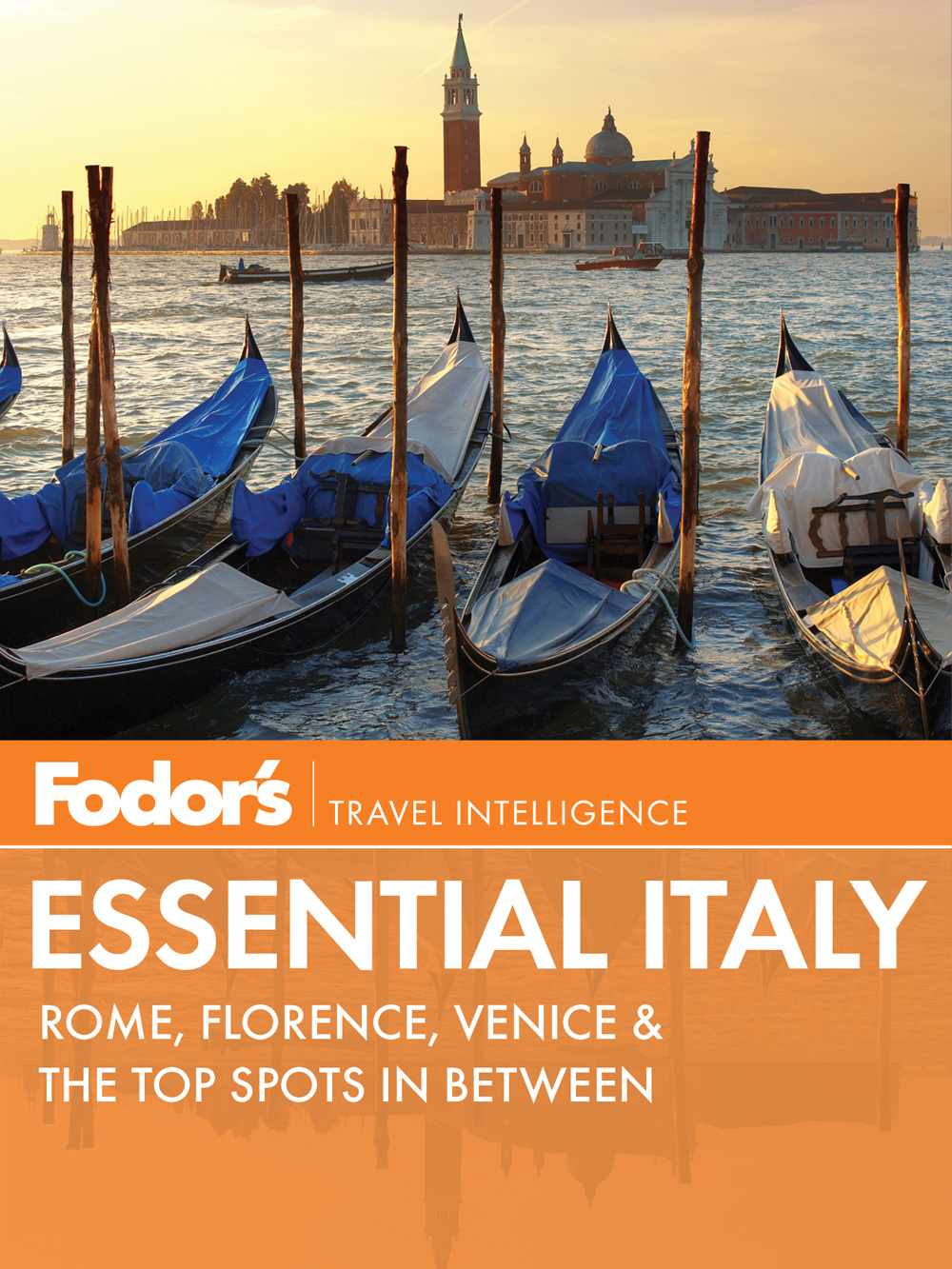
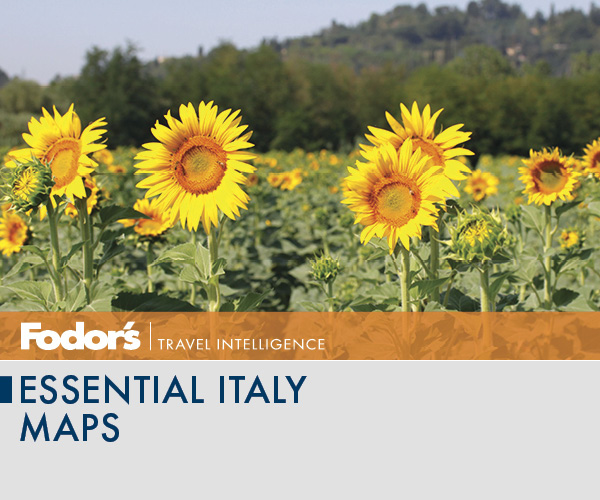
Rome
Between Rome and Florence
Florence
Between Florence and Venice
Venice
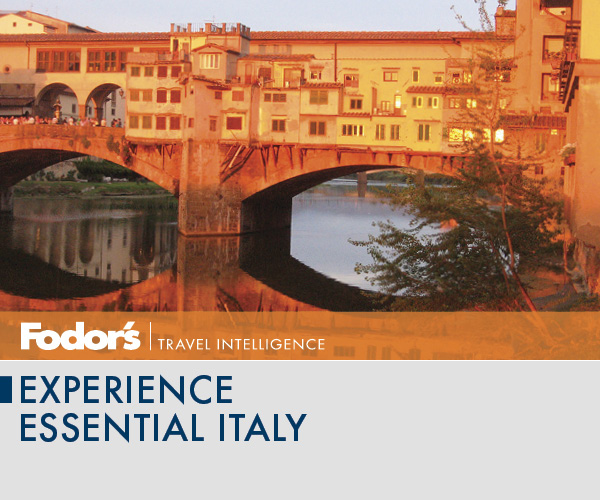
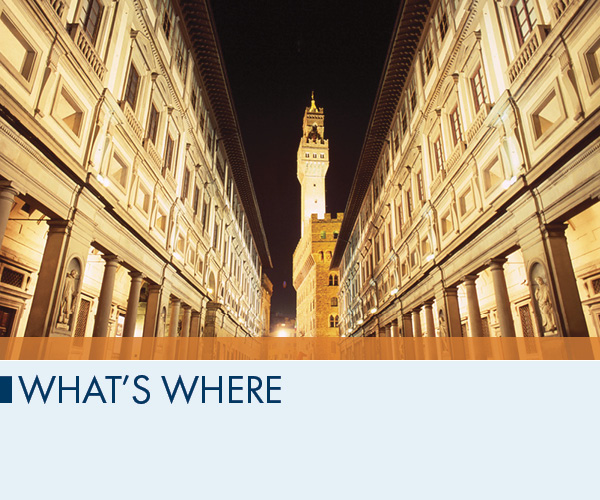
Rome. Italys capital is one of the great cities of Europe. Its a large, busy metropolis that lives in the here and now, yet theres no other place on earth where youll encounter such powerful evocations of a long and spectacular past, from the Colosseum to the dome of St. Peters.
Between Rome and Florence. Umbria, north of Rome, is a region of beautiful rolling hills topped by attractive old towns. Orvieto sits atop a tufa plateau that gives a warm glow to its magnificent Duomo when seen from a distance. Spoleto is a quiet, elegant hill town, but each summer it brims with activity during the Festival dei Due Mondi. Perugia is Umbrias largest city, but its far from overwhelming, and it has a well-preserved medieval core. In Assisi, birthplace of Saint Francis, the grand basilica draws millions of pilgrims annually. In Tuscany, Siena, once Florences main rival, remains one of Italys most appealing medieval towns. To its west, San Gimignano is famous for its 15th-century towers, and farther west still is Volterra, a town dating back to the Etruscans. The hills spreading south from Florence to Siena make up Chianti, a region of sublime wine and fabulous views.
Florence. In the 15th century, Florence was at the center of the artistic revolution that would come to be known as the Renaissance. Today, the Renaissance remains the main reason people visit herethe abundance of art treasures is mind-boggling.
Between Florence and Venice. Many of Italys signature foods come from the region of EmiliaRomagna including Parmigiano-Reggiano cheese, prosciutto di Parma, and balsamic vinegarand the pasta is considered Italys finest. But theres more than food to draw you here. Bologna is a significant cultural center, and the mosaics of Ravenna are glittering Byzantine treasures. Farther north in the Veneto region, the plains stretching west of Venice hold three of northern Italys most appealing midsize cities: Padua, Vicenza, and Verona.
Venice. One of the worlds most novel cities, Venice has canals where the streets should be and an atmosphere of faded splendor that practically defines the word decadent .
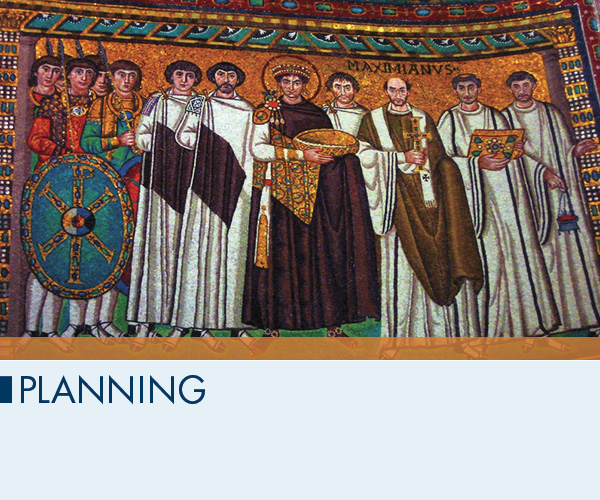
Getting Here
The major gateways to Italy are Romes Aeroporto Leonardo da Vinci (FCO), better known as Fiumicino, and Milans Aeroporto Malpensa (MAL). There are some direct flights to secondary airports, primarily Venice and Pisa, but to fly into most other Italian cities you need to make connections at Fiumicino, Malpensa, or another European hub. You can also take the FS airport train to Romes Termini station or a bus to Milans central train station (Centrale) and catch a train to any other location in Italy. It will take about one hour to get from either Fiumicino or Malpensa to the train station.
Italys airports are not known for being new or efficient. They all have restaurants and snack bars, and there is Internet access. Each airport has at least one nearby hotel. Ramped-up security measures may include random baggage inspection and bomb-detection dogs. In the case of Florence and Pisa, the city centers are only a 15-minute taxi ride awayso if you encounter a long delay, spend it in town.
For further information about getting where you want to go, see Getting Here at the beginning of each chapter of this book.
What to Pack
In summer, stick with light clothing, as things can get steamy in June, July, and August. But throw in a sweater in case of cool evenings, especially if youre headed for the mountains and/or islands. Sunglasses, a hat, and sunblock are essential. Brief summer afternoon thunderstorms are common in inland cities, so an umbrella will come in handy. In winter, bring a coat, gloves, hats, scarves, and boots. In winter, weather is generally milder than in the northern and central United States, but central heating may not be up to your standards, and interiors can be cold and damp; take wools or flannel rather than sheer fabrics. Bring sturdy shoes for winter and comfortable walking shoes in any season.
As a rule, Italians dress exceptionally well. They do not usually wear shorts. Men arent required to wear ties or jackets anywhere, except in some of the grander hotel dining rooms and top-level restaurants, but are expected to look reasonably sharpand they do. Formal wear is the exception rather than the rule at the opera nowadays, though people in expensive seats usually do get dressed up.
A certain modesty of dress (no bare shoulders or knees) is expected in churches, and strictly enforced in many.
For sightseeing, pack a pair of binoculars ; they will help you get a good look at painted ceilings and domes. If you stay in budget hotels, take your own soap. Many such hotels do not provide it, or they give guests only one tiny bar per room. Washcloths, also, are rarely provided even in three- and four-star hotels.
Restaurants: The Basics
A full meal in Italy has traditionally consisted of five courses, and every menu you encounter will still be organized along some version of this five-course plan:
First up is the antipasto (appetizer), often consisting of cured meats or marinated vegetables. Next to appear is the primo, usually pasta or soup, and after that the secondo, a meat or fish course with, perhaps, a contorno (vegetable dish) on the side. A simple dolce (dessert) rounds out the meal.
Next page


